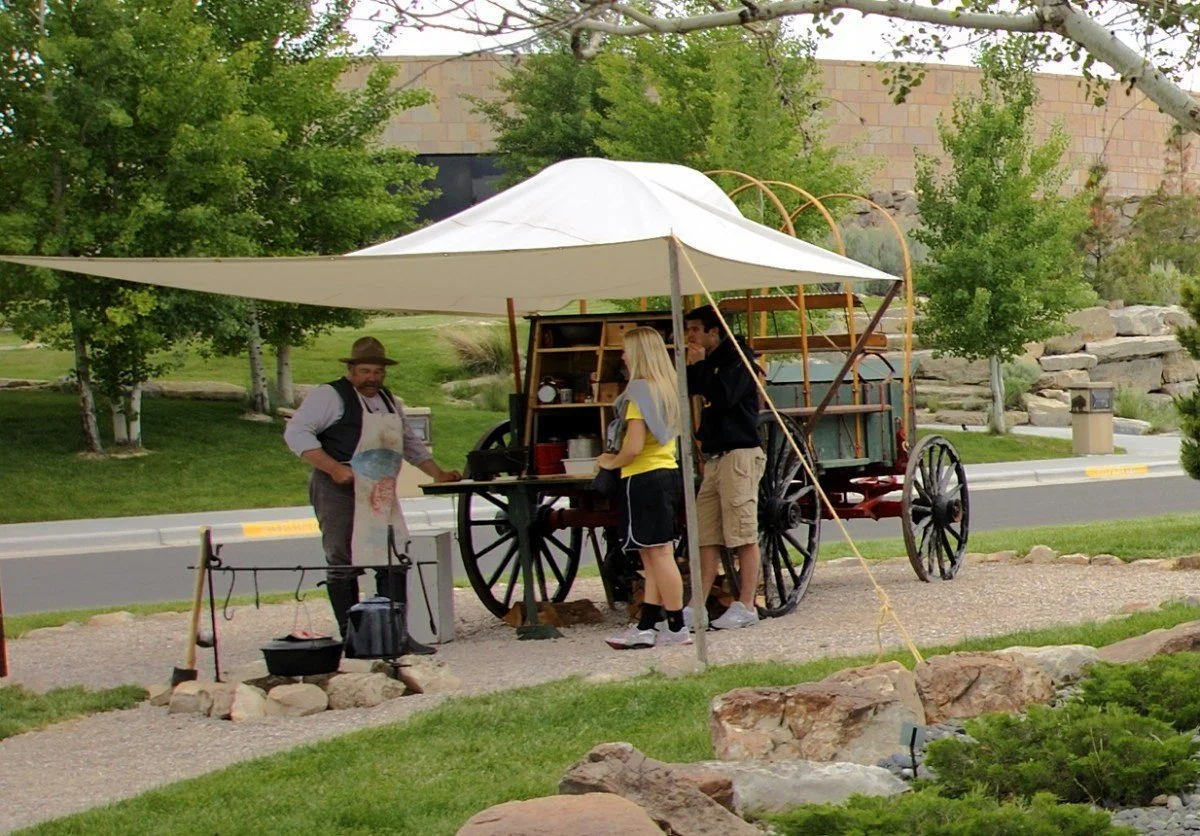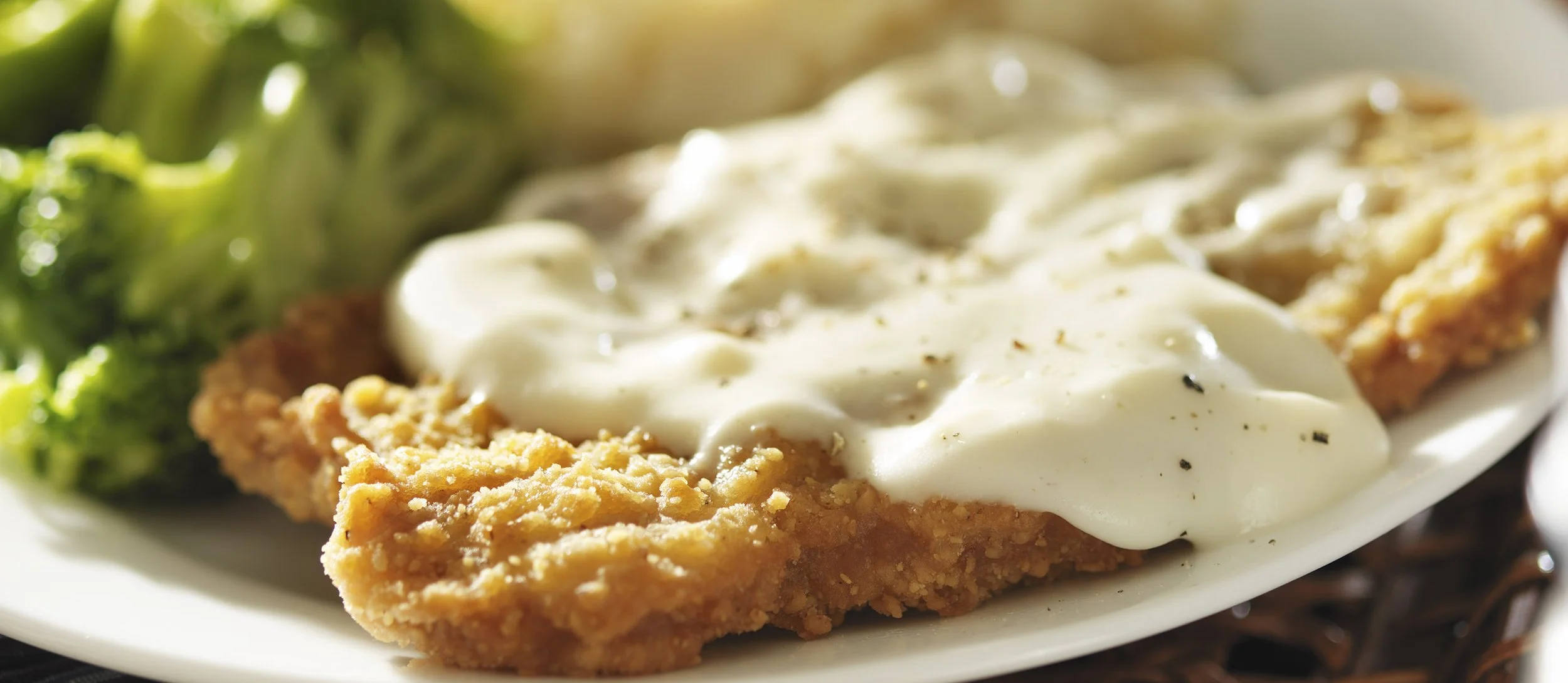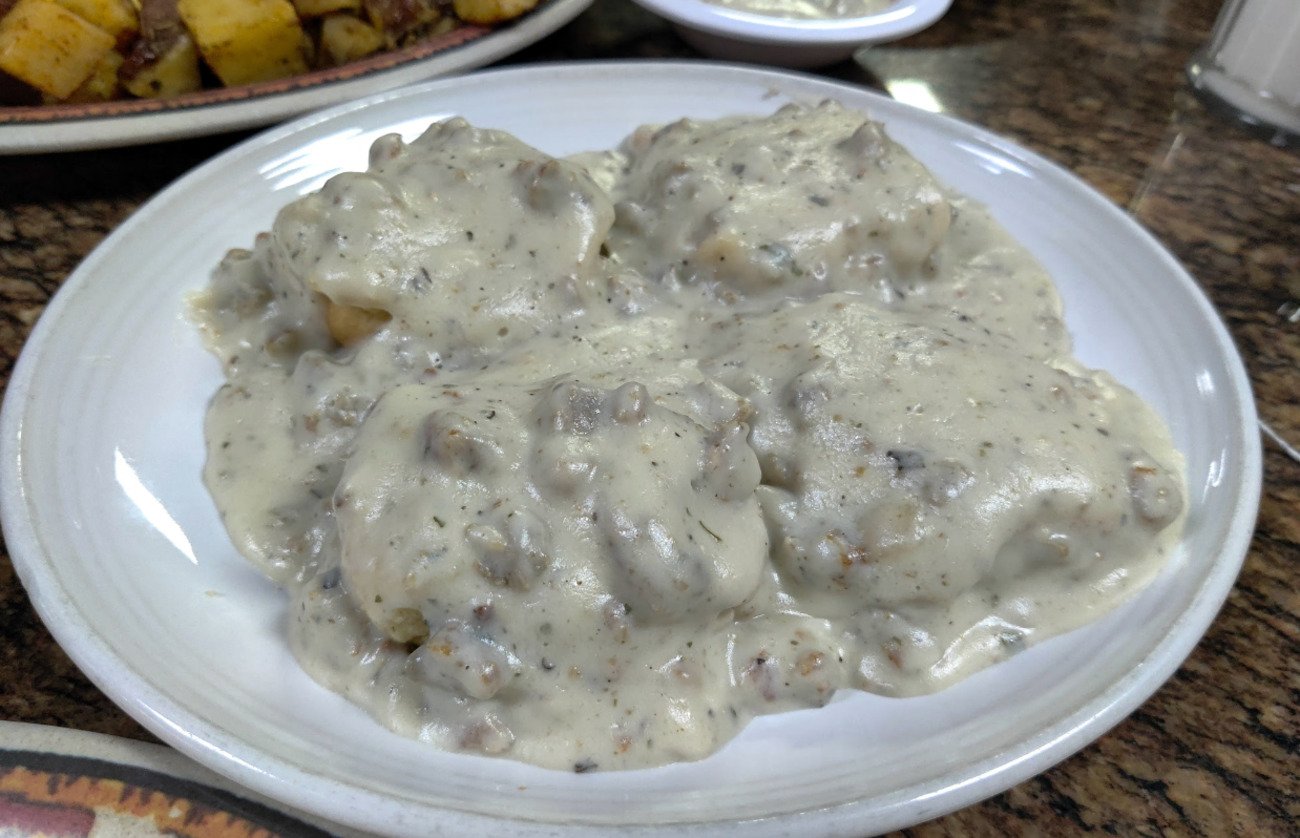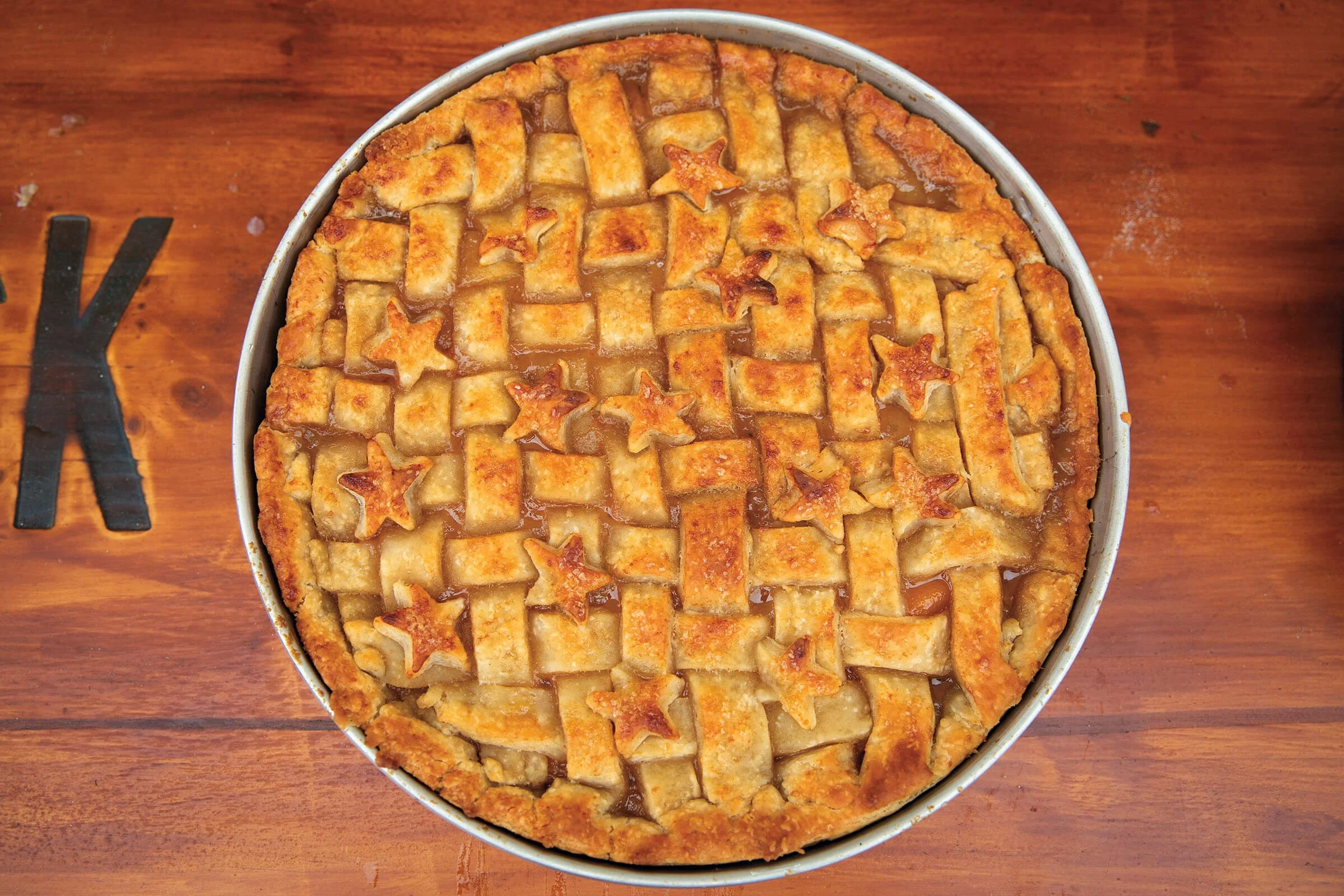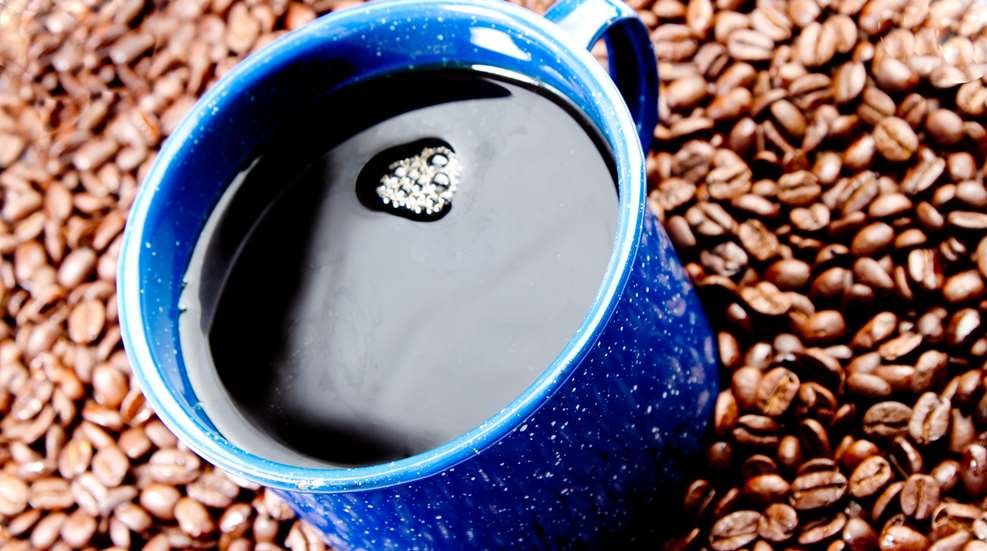Culinary Cowboys: Exploring Chuckwagon Cooking and Chuckwagon Competitions
Discover > Truly Texan > Culinary Cowboys: Exploring Chuckwagon Cooking and Chuckwagon Competitions
When one thinks of the American West, images of cowboys, vast plains, and rugged landscapes come to mind. In the heart of this iconic region, Texas stands tall as a bastion of cowboy culture. Among the many traditions that thrive in the Lone Star State, chuckwagon cooking holds a special place. It is a culinary art form that harkens back to the days of cattle drives and the open range.
In this article, we will delve into the world of chuckwagon cooking in Texas, exploring its rich history, unique flavors, and the exhilarating chuckwagon competitions that pay homage to this time-honored tradition.
The Legacy of Chuckwagon Cooking in Texas
The Birth of Chuckwagon Cooking in Texas
The origins of chuckwagon cooking can be traced back to the late 1800s when Texas was at the center of the cattle industry.
Charles Goodnight, a Texas rancher, is credited with inventing the chuckwagon, a mobile kitchen that revolutionized cooking on the trail. Chuckwagon cooking quickly became an integral part of cowboy life as it provided nourishing meals during long cattle drives.
Influences and Ingredients
The cuisine of chuckwagon cooking in Texas reflects the diversity of influences that shaped the region's culinary heritage. Mexican, Native American, and European flavors melded together to create a unique cowboy cuisine. Ingredients such as beef, beans, corn, chili peppers, and spices formed the foundation of many traditional chuckwagon dishes.
When it comes to cowboy culture, few places rival Texas. Known for its rich history, wide-open spaces, and iconic Western imagery, the Lone Star State offers a plethora of opportunities to immerse yourself in an authentic cowboy experience.
Chuckwagon Cooking Traditions in Texas
Chuckwagon cooking traditions in Texas have a strong connection to the state's rich cattle industry and cowboy culture. Here are some additional details about these traditions:
Use of Traditional Cast-Iron Cookware
Chuckwagon cooks in Texas rely on traditional cast-iron cookware, such as Dutch ovens and skillets, which have been staples in chuckwagon kitchens for generations.
Cast iron is known for its ability to distribute heat evenly, making it ideal for cooking over open fires or campfires. The cookware's heat retention properties allow for consistent cooking temperatures, ensuring that dishes are cooked thoroughly and evenly.
Campfire and Open Flame Cooking
One of the defining aspects of chuckwagon cooking in Texas is the use of campfires and open flames as the primary cooking method. Chuckwagon cooks skillfully manage the fire to control heat levels and achieve the desired results. They adjust the placement of the cookware and use techniques such as raising or lowering the pot or adjusting the distance from the fire to regulate the cooking temperature. This hands-on approach and mastery of open-fire cooking contribute to the unique flavors and textures of chuckwagon dishes.
Preserving Authentic Recipes and Techniques
Chuckwagon cooks in Texas take great pride in preserving authentic recipes and cooking techniques that have been passed down through generations. These recipes often reflect the practicality and resourcefulness of cowboy cooking, utilizing ingredients readily available on the trail.
Chuckwagon cooks may draw inspiration from Mexican, Native American, and European influences to create dishes that are hearty, flavorful, and satisfying. The preservation of these traditional recipes ensures that the spirit and flavors of chuckwagon cooking continue to thrive in Texas.
Emphasis on Heritage and Tradition
Chuckwagon cooking in Texas is deeply rooted in heritage and tradition. Chuckwagon cooks honor the legacy of the early pioneers and cowboys who relied on these cooking methods to sustain themselves during cattle drives and life on the range. By preserving and practicing these time-honored techniques, chuckwagon cooks pay tribute to the history and cultural significance of cowboy cuisine.
This emphasis on heritage creates a sense of authenticity and nostalgia, allowing both cooks and diners to connect with the cowboy way of life.
In summary, chuckwagon cooking traditions in Texas are characterized by the use of traditional cast-iron cookware, cooking over campfires and open flames, and the preservation of authentic recipes and techniques. These traditions not only contribute to the unique flavors and textures of chuckwagon dishes but also serve as a testament to the enduring legacy of cowboy culture in the Lone Star State.
Exploring Chuckwagon Cooking Techniques
Chuckwagon cooking refers to the traditional style of outdoor cooking that was popularized during the late 19th century in the American West. Chuckwagon cooks were responsible for preparing meals for cowboys and ranchers on cattle drives or during roundups. Here are some key techniques and tips associated with chuckwagon cooking:
1. Dutch Oven Cooking:
Dutch ovens are a staple of chuckwagon cooking. These heavy cast-iron pots with lids are placed directly over an open fire or hot coals. They provide even heat distribution and are ideal for baking, stewing, and roasting. You can prepare various dishes, from biscuits and stews to cobblers and even bread, in a Dutch oven.
2. Open Fire Grilling:
Grilling was another common technique on the chuckwagon. Steaks, chops, and sausages were cooked over an open fire using a grate or a spit. The fire's heat can be adjusted by moving the food closer to or farther from the flame. Remember to have proper fire safety precautions and control the heat for desired doneness.
3. Cast-Iron Skillet Cooking:
Cast-iron skillets were versatile tools on the chuckwagon. They were used for frying, searing, and sautéing. Whether you're making bacon and eggs for breakfast or frying up some potatoes for dinner, a cast-iron skillet is a reliable option.
4. Campfire Baking:
Baking in a campfire may require some practice, but it can be done with the right equipment. Dutch ovens can serve as makeshift ovens, allowing you to bake biscuits, cornbread, or even pies.
You can also use a reflector oven, which uses the heat from the fire to bake bread or other baked goods.
5. Cowboy Coffee:
No chuckwagon meal is complete without cowboy coffee. To make cowboy coffee, coarsely grind coffee beans (how long do coffee beans last?) and add them to a pot of boiling water. Let it simmer for a few minutes, then remove the pot from the fire and let the grounds settle. Pour the coffee slowly, avoiding the grounds, into cups or tin mugs.
If you’re also a coffee lover and on the lookout for coffee roasters near me in Texas, check out these five coffee roasters that are sure to provide you with plenty of delicious liquid energy.
Remember that chuckwagon cooking is a rustic and traditional style of cooking, so expect some variations in the techniques and recipes. It's a hands-on, experiential way of preparing meals that connects you to the rich history of the American West. Enjoy the process and experiment with different recipes to make your chuckwagon cooking experience memorable.
Chuckwagon Classics
Chuckwagon dishes are traditional cowboy meals that originated in the American West during the late 19th century. These dishes were prepared and served on chuckwagon, which was a type of portable kitchen used by cowboys on cattle drives. Here are some classic chuckwagon dishes:
1. Cowboy Beans
Cowboy beans consist of slow-cooked pinto beans (how long does pinto beans last?) flavored with bacon, onions, and various spices. It was a staple in chuckwagon meals due to its simplicity and ability to feed a large group of people.
2. Chicken Fried Steak
Chicken fried steak is a breaded and fried steak cutlet, often served with a creamy white gravy. It was a popular dish among cowboys as it provided a substantial amount of protein and was relatively easy to prepare.
3. Biscuits and Gravy
Biscuits and gravy is a classic chuckwagon breakfast dish. The biscuits are light and fluffy, served with a rich and savory sausage gravy. It was a filling and comforting meal that provides energy for a long day of work.
4. Cornbread
Cornbread was a common side dish in chuckwagon meals. It was made from cornmeal (how long does cornmeal last?), flour, milk, and other ingredients, then baked until golden brown. Cornbread was versatile and could be enjoyed on its own or used to accompany various main dishes.
5. Stew
Stews were a practical choice for chuckwagon cooking. Ingredients such as beef, potatoes, carrots, and onions were slow-cooked together in a large pot over an open fire. The result was a flavorful and comforting one-pot meal that could easily feed a hungry group of cowboys.
6. Dutch Oven Peach Cobbler
Dutch oven peach cobbler was a popular dessert among chuckwagon cooks. Fresh peaches were combined with sugar and spices, then topped with a sweet biscuit dough. The cobbler was cooked in a cast-iron Dutch oven over hot coals until the peaches were tender and the topping was golden brown.
7. Coffee
While not a dish per se, coffee was an integral part of chuckwagon meals. Cowboys relied on strong, black coffee to help them wake up in the mornings and stay alert during long days on the trail.
These are just a few examples of classic chuckwagon dishes. They were designed to be hearty, satisfying, and made from ingredients that could withstand the rigors of long cattle drives.
The Thrill of Chuckwagon Competitions in Texas
In Texas, you may find chuckwagon culinary competitions at various events throughout the state. These events offer visitors a chance to experience the flavors and culinary traditions of the Old West. Some notable locations where chuckwagon cook-offs have taken place in Texas include:
LLano Chuckwagon Cook-off
Texas State Championship Chuckwagon Cook-off
The Texas Cowboy Symposium and Chuckwagon Cookoff
It's important to note that the availability and scheduling of chuckwagon culinary competitions can vary from year to year, and my information might not reflect the most recent updates. To get the latest information on chuckwagon cook-offs in Texas, I recommend checking with local rodeo associations, event organizers, or the websites of specific venues that host western-themed events.
Preserving Tradition and Cultivating Appreciation
Historical Significance and Cultural Preservation
Chuckwagon cooking and competitions serve as a vital means of preserving the historical legacy of the American West and Texas cowboy culture. By celebrating the traditions and techniques of chuckwagon cooking, these events keep alive the spirit of the early pioneers and honor the contributions of cowboys to Texas's heritage.
Culinary Education and Awareness
Chuckwagon competitions provide a platform for educating the public about the artistry and craftsmanship behind chuckwagon cooking. Visitors can gain a deeper understanding of the challenges faced by chuckwagon cooks, the significance of using traditional methods, and the importance of sustainable practices in the culinary world.
Conclusion
Chuckwagon cooking in Texas is an integral part of the state's rich cowboy heritage. It embodies the spirit of the American West, with its robust flavors, hearty dishes, and time-honored cooking techniques. Chuckwagon competitions not only showcase the talents of skilled chuckwagon cooks but also serve as a gateway to the past, allowing us to appreciate the traditions and history of cowboy life. So, saddle up, embrace the flavors of the Lone Star State, and immerse yourself in the captivating world of chuckwagon cooking and competitions. Yeehaw!

